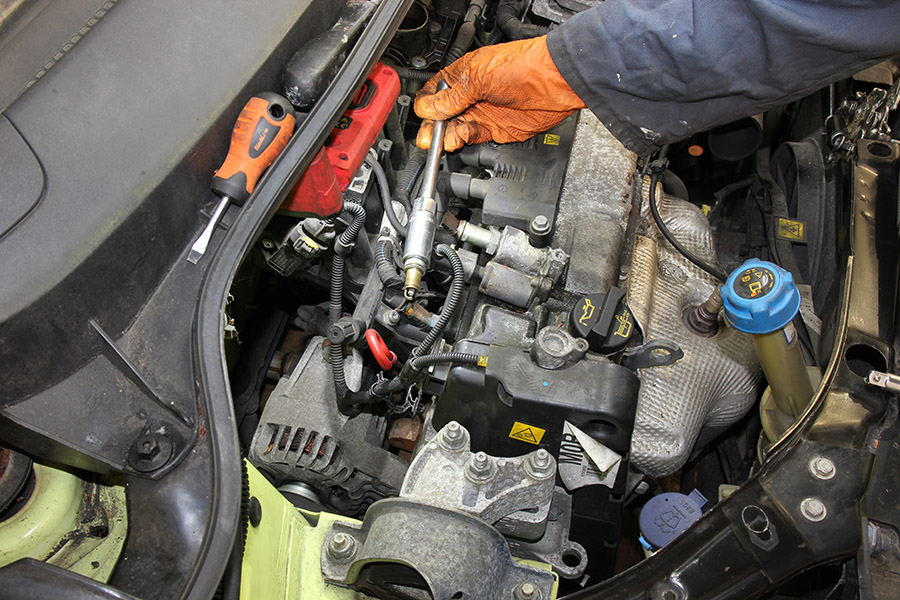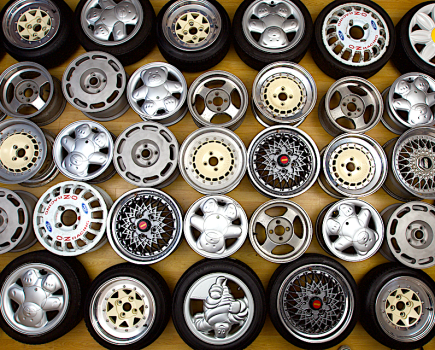How easy can it be to change spark plugs? Not as straightforward as you may think, especially on some modern performance cars. Follow our guide to discover what you need to know and tools you may require.
Anyone over the age of 40 years-old will probably recall changing a set of spark plugs on classics. It took less than half an hour using nothing but a T-bar shaped spark plug wrench and a set of feeler gauges. Engines have since evolved, and most modern petrol engines have longer intervals between spark plug changes. This can sometimes be up to every 100,000 miles! Check out our car maintenance guide for when you should be changing items. Plus, there are usually a few components to remove before you can get to those spark plugs to change them.
In this guide, we’ll talk you through how to change your spark plugs and the tools you’ll need to complete the job.
Tools you’ll need to change your spark plugs
Before you start to delve under the bonnet and change those spark plugs, do a little research. Armed with a new set of spark plugs, make sure you have the correct-sized spark plug socket. A spark plug socket has a rubber insert inside, which helps with extracting an old spark plug. It grips the plug to reduce the risk of it falling out when extracting it. What invariably happens is the rubber bit gets pulled out of the socket and remains attached to the spark plug. Fortunately, there are ways around this, which we’ll discuss later. It is, however, wise to have the correct socket, which is usually 5/8in (16mm) or 13/16in (21mm). There’s also smaller spark plugs that need a 9/16in (14mm) socket.
That problematic rubber insert can be avoided by having a short length of rubber hose with an 8mm internal diameter. It can be used to extract a spark plug once it has been undone and initially fit a new one.
Feeler gauges are essential for any spark plugs with a single electrode (the prong at the top). Don’t assume a new spark plug is correctly gapped – it may have been knocked in transit.
Finally, a torque wrench is another important piece of equipment. Tightening the spark plugs to the recommended setting is critical for some engines. Take the three-cylinder petrol motor in the Peugeot 208. Sticking to the correct torque setting ensures the electrode is correctly positioned for optimum combustion.
Some people may argue that when tightening a new spark plug, if its washer is crushed, then that’s enough. In some cases that’s true, but only providing you have the experience to know how much is enough. We’ve seen spark plugs snap in two because they have been overtightened.
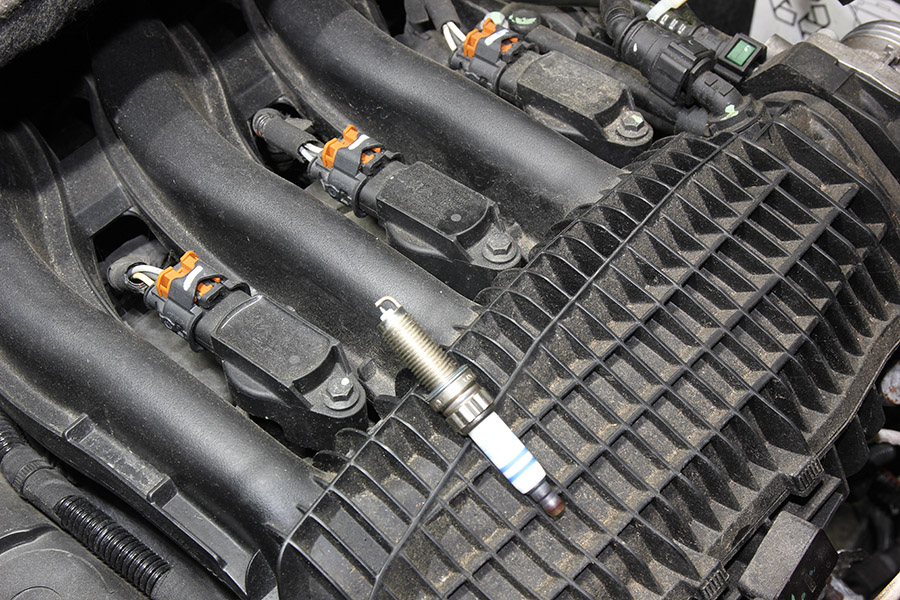
How to change spark plugs
1. Find the spark plugs
When you’re ready to replace the spark plugs, remove the components that are in the way. This may begin with an upper engine cover or even an air filter housing. Next, a bank of coil packs or individual coil packs may sit across the tops of the spark plugs. If so, disconnect their wiring, undo any mounting bolts and remove them.
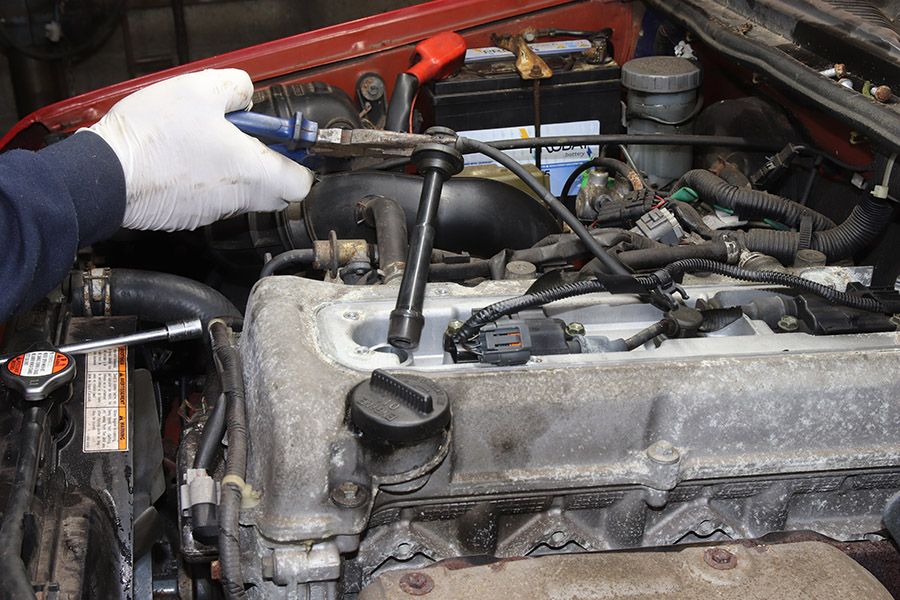
Where HT leads are fitted on to the tops of the spark plugs, take care when releasing them. Old HT leads can become brittle and risk breaking up when pulling them off the top of a spark plug. Use long-nose pliers to carefully ease the HT lead off the spark plug. If by now, you can see the tops of the spark plugs, then you may think yourself lucky. Some cars require braces and soundproofing to be removed.
Many spark plugs are not so easy to access, often hidden inside the top of the cylinder head. You may need some extension bars to attach to the spark plug socket to reach them. Slacken the plug and try to extract it. If it falls out of the socket, use the fuel hose we mentioned.
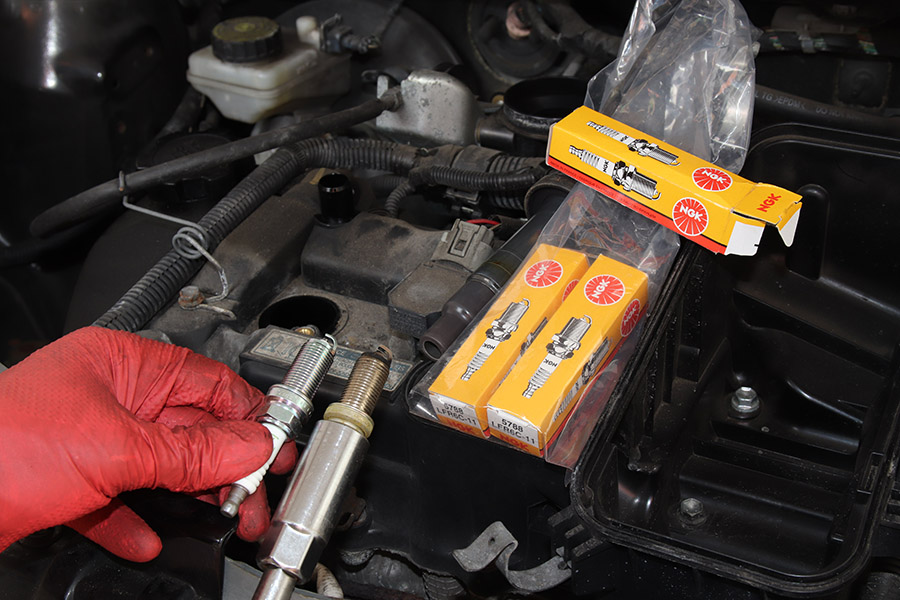
2. New plug checks
Before you change your spark plugs, check the length of the old plug is the same, especially the length of the thread. If it is longer or shorter, this may mean the end of it gets hit by the piston. Or it could fail to combust the petrol fed into the cylinder.
It’s also important to check the electrode gap (single electrode plugs only) using feeler gauges. The recommended gap should be listed in your car’s workshop manual. An adjustment tool costs around $5 / £3 or more and reduces the risk of damaging the electrode.
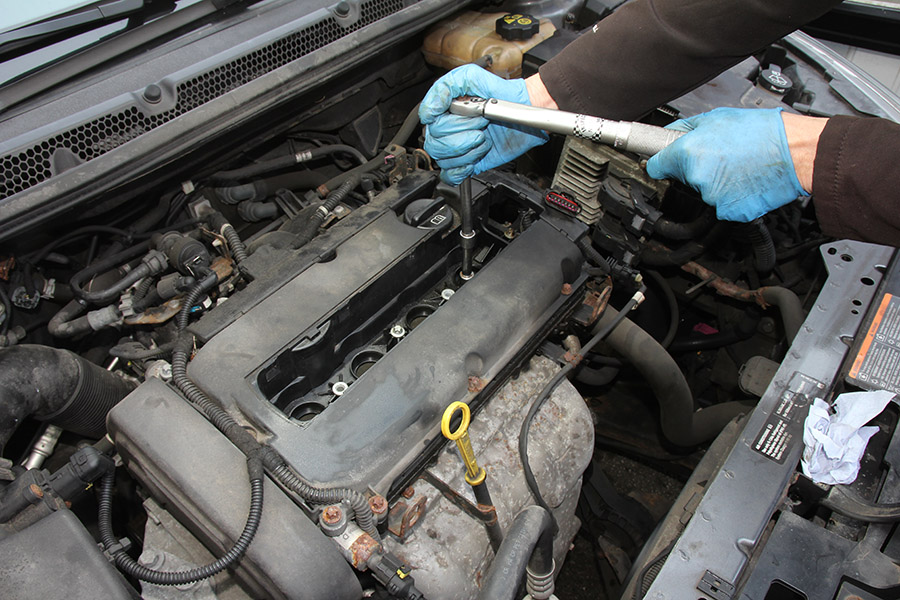
3. Fit and tighten spark plugs
Fitting a new spark plug can be awkward if the rubber insert inside the spark plug socket becomes dislodged. As mentioned, start by fitting a new plug with a short length of rubber hose. Once the plug has been wound in a few threads, use the socket with the rubber insert removed.
If you are experienced with fitting spark plugs and can feel when the washer on it is being crushed, then you may want to rely on this method for correctly tightening a new one. Otherwise, a more reliable method involves using a torque wrench set to the correct value. It ensures consistency and avoids problems, such as a spark plug being too slack, resulting in a lack of compression. In such a case, the cylinder in question won’t fire efficiently, so it will be down on performance. Similarly, overtightening a spark plug risks stripping the thread in the cylinder head or snapping the spark plug.
Other common issues that can arise involve forgetting the order of the HT leads. This can result in the engine not running correctly (the wrong firing order). So, you may wish to tackle one spark plug at a time to avoid mixing anything up.
4. Run the engine
Once all the spark plugs have been changed and everything is refitted, start the engine to check they are all firing. Listen for an inconsistency in the smoothness of the running of the engine. If there’s a problem, check all connections before investigating further. A faulty new spark plug is rare, so it’s more likely a poor connection is to blame.
For more information, be sure to check out our complete guide to spark plugs.

